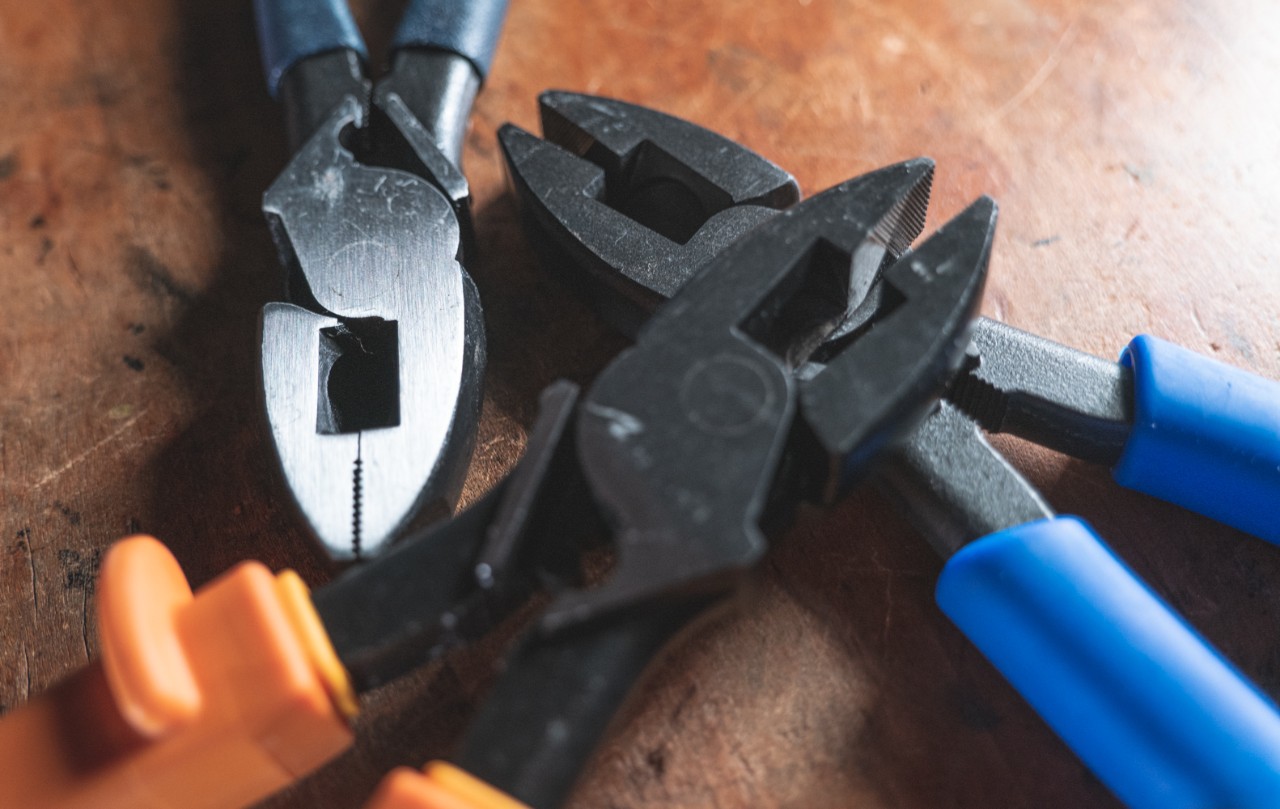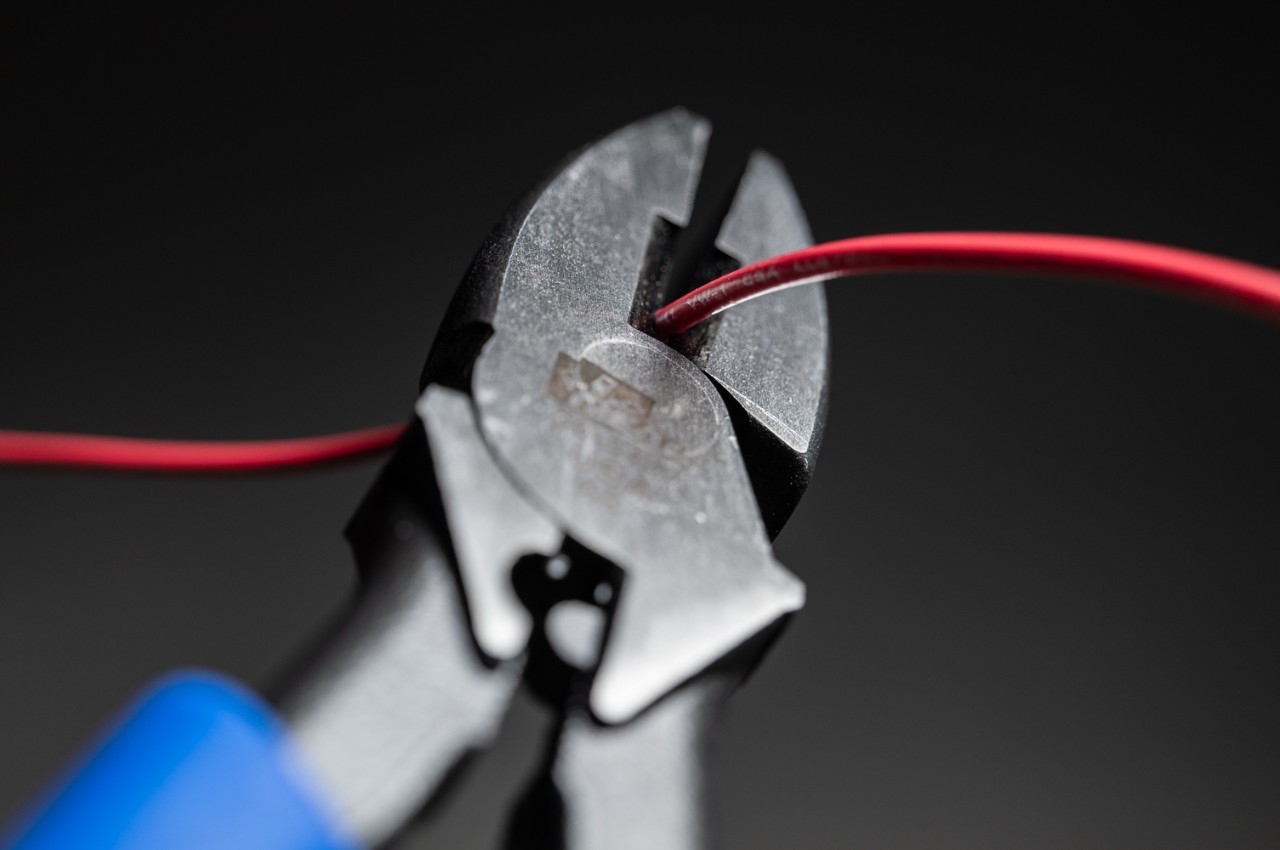Tools That Make A Trade - Linesman's Pliers
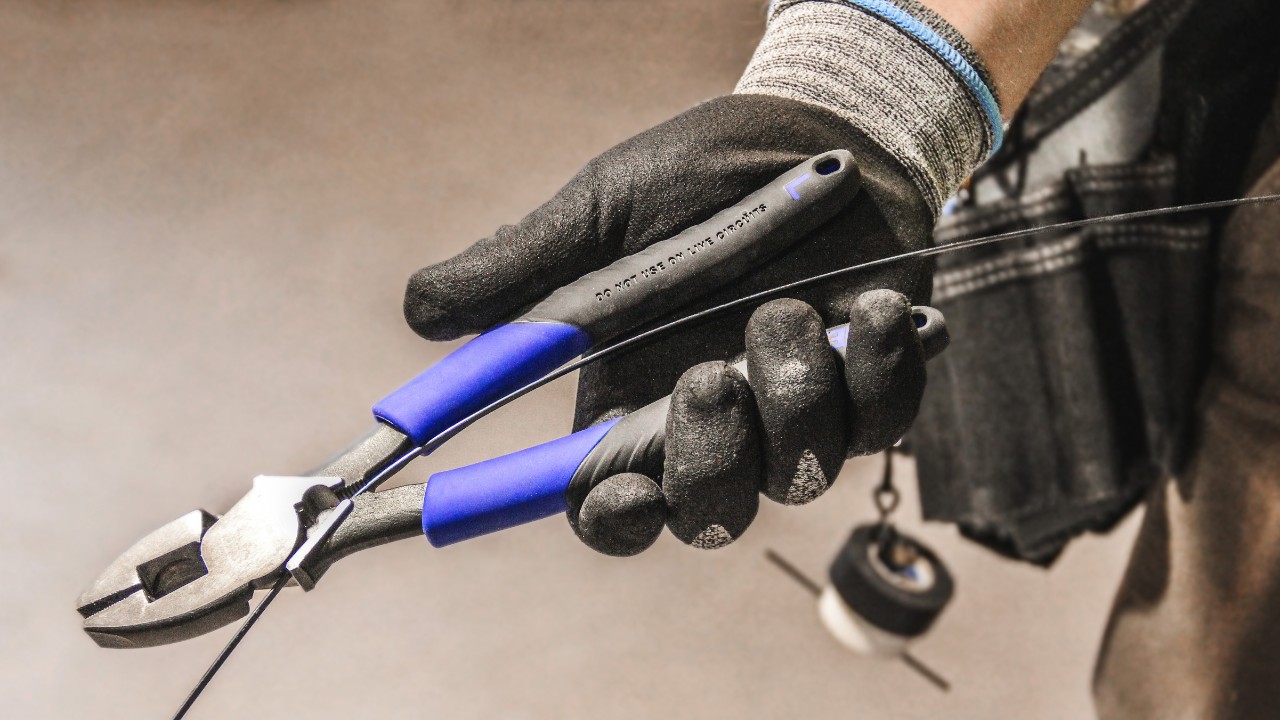
Whether it is reaming conduit, stripping wire, crimping a connector, pulling fish tape, or any number of chores, linesman pliers are one of the electrician’s most useful tools. These pliers have been necessary in the electrical trade for as long as we all can remember, and they’ve been improved upon and debated about nearly that entire time.
One thing we can all agree upon is that a good pair is engineered to be durable, capable, and reliable. From there, the conversation gets more complicated.
Linesman Plier Options
Most specialty tool manufacturers typically offer several varieties of the plier, depending on where and how they’ll be used by the electrician.
Even though there’s a lot to choose from, only a few brands stand out as proven to be reliable and capable on a professional basis. Many career tradespeople use the same tools throughout their careers, which can be a double-edged sword. While trying new brands or configuration can be a risk financially (and on the jobsite), getting a tool that is better equipped to the work you do can be hugely beneficial to you daily – minimizing fatigue, efficiency, and quality of work.
Benefits of trying a new tool:
- Technology advances, manufacturing updates
- More modern materials & composition
- Better ergonomics & design
A few notable differences exist in the form and function of linesman pliers that can greatly affect useability and appropriateness for a particular job site.
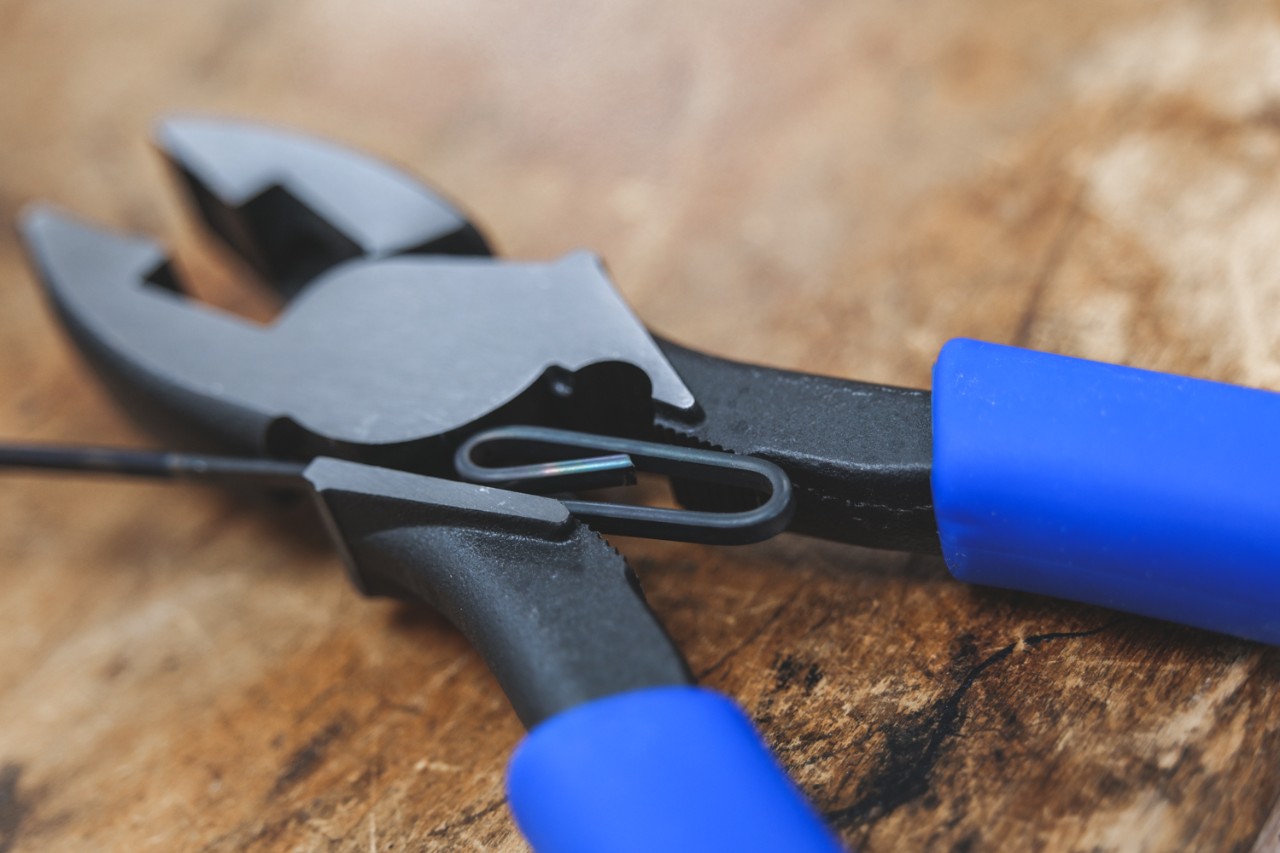
Making a Linesman Plier Purchase
Trade professionals like to pick a tool that fits the way they work. One of the most important considerations to make is handle type and grip, and this also happens to be one of the biggest influences on cost.
Ranging from cheapest to most expensive:
- Dipped plastisol material (texture or smooth, lightest and most maneuverable)
- Molded grip (more rugged, patterned ridges help with grip, especially when wearing gloves)
- Insulated grip (for high current applications when live circuits may be present)
Insulated grip handles are the most expensive and protective option, with some models being rated up to 1000 volts. Certain companies even UL list these pliers, guaranteeing them for professionals who absolutely need the extra safety in the field. Some even have insulated sleeves with a wear indicator, to display when the insulation has been worn through and it’s time to replace the pliers if they could potentially be used in high-voltage applications where risk of shock is present. While they are the priciest option, these are an absolute necessary for certain trade professionals.
Cutting Surface and Metal Treatments
The cutting surface and metallurgic makeup of the tool is also highly debated upon. The pliers must not only remain sharp but be resistant to chipping, which requires a certain type of hardened steel. Since these pliers are used for everything from reaming conduit to twisting multiple wires simultaneously, it’s critical they can take the abuse that’s thrown at them.
Blade sharpness over the course of time defines how useful a linesman plier is. Heat treated metals create a plier that is resistant to bends and breaks, and some manufacturers even focus a particular type of forging process on the blade section to further ensure the robustness when cutting thick wire.
Blade style is also highly debated upon, with two options:
Knife-to-knife
- Knife-to-knife applications, both sides of the blade are sharpened.
Knife-to-anvil
- Knife-to-anvil means that one side is flat, which makes it necessary to apply more force when cutting – with the benefit of typically lasting longer.
Most professional level linesman pliers use the knife-to-knife setup, since it is quicker and ensures a better cut each time, even at the expense of a marginally shorter service life.
Linesman Plier Tool Design
Hand fatigue is also a real issue with this type of tool, as it is used on a repetitive basis throughout the day. Weight, handles, and grip composition are entirely user-specific, as well as joint placement and even break-in period with the heavier duty models.
For example, the plastisol-dipped handle plier may be the lightest, but the molded grip may be more comfortable if used repetitively throughout the day. Again, this depends upon user preference and their daily routine.
Longer handle lengths provide more leverage yet make the tool heavier. The trade-off is that each cut may be easier. Many manufacturers place the joint of the plier as close to the cutting surface as they possibly can, so the least amount of effort is needed to power through those tough strands of cable.
The beefier linesman models may require a certain amount of break-in time, since they are not only heavier, they are machined to exacting specifications. This is a good consideration to make depending on how much use your linesmans may see.
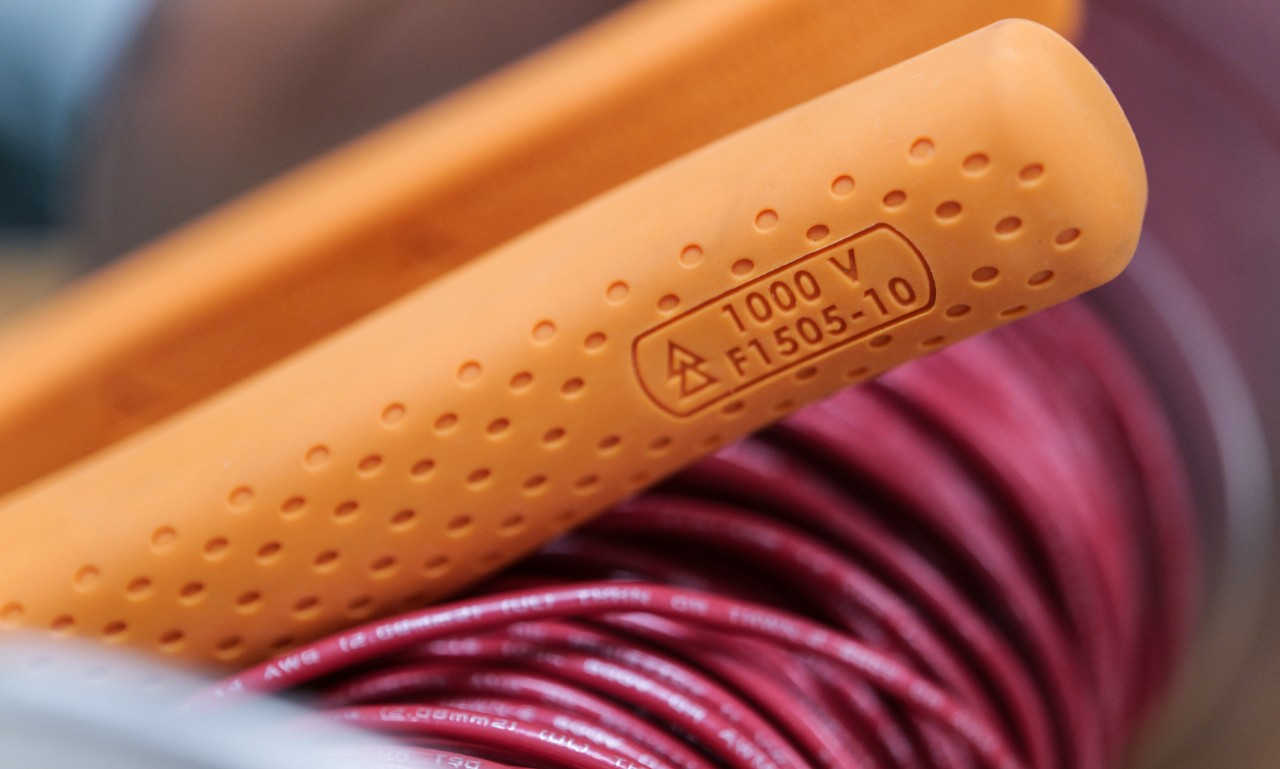
Linesman Plier Additional Features & Capabilities
Many linesman variants have crimpers or fish tape pullers built in. This may make the tool more useful for some professionals, but others may argue otherwise, preferring a dedicated tool to do either of these jobs. Some companies have even developed a hybrid linesman/stripper plier that incorporates a linesman’s nose capable of gripping and twisting multiple wires, and a stripper function that can address a variety of wire gauges. This may eliminate the need for two separate tools, in situations where minimalism or simplicity is key.
Best of the Bunch
Trade professionals all have their favorites when it comes to the high dollar equipment they use daily. Some choose to experiment with brands to find their favorites, while others insist on brand loyalty as the biggest buying factor.
What do you think?
Which linesman pliers have you used and which would you be willing to try?
What are your most important determining factors when making a purchase?
If you could talk to the tool manufacturer, what would you have added or changed to the linesman plier?
